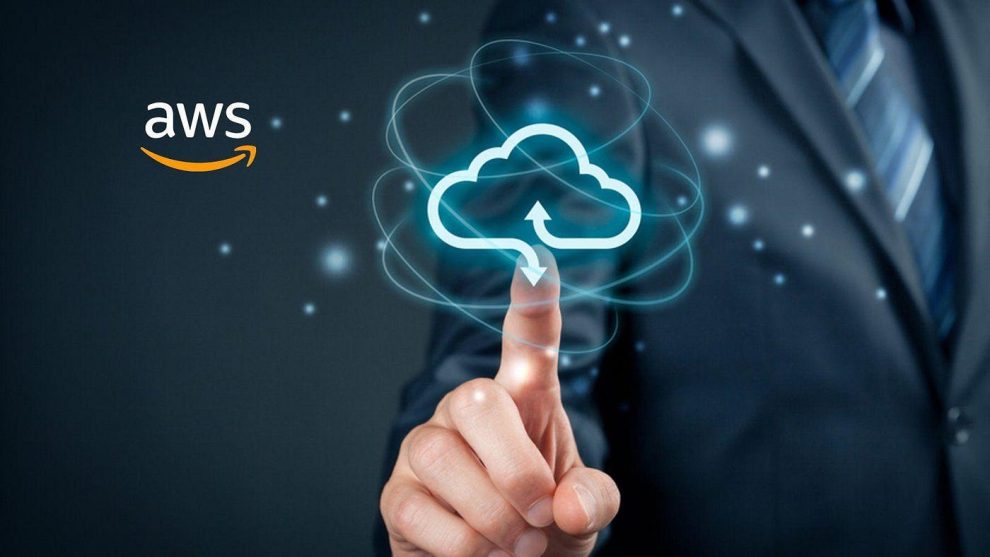Seeking a clean slate in the world of cloud computing? Whether you’re transitioning to a new service, consolidating resources, or simply looking for a fresh start, deleting your AWS account may be the path forward. However, this decision should not be taken lightly, as it involves meticulous planning and adherence to specific protocols. Fret not, as this comprehensive guide will navigate you through the intricate process of deleting your AWS account, addressing common concerns, and ensuring a seamless transition towards your next endeavor.
Why Should You Delete Your AWS Account? Before diving into the “how,” let’s explore the compelling reasons why one might consider deleting their AWS account:
- Rebranding or Consolidation: As businesses evolve, their cloud computing needs may shift, prompting a rebranding or consolidation of resources. Deleting an existing AWS account can pave the way for a fresh start aligned with your new objectives.
- Cost Optimization: AWS services can accumulate charges based on usage, and deleting an account can help streamline costs, especially if you no longer require certain resources or services.
- Security and Privacy Concerns: In today’s data-driven world, security and privacy are paramount. Deleting an AWS account can help mitigate potential risks associated with dormant or unused resources.
- Compliance and Regulatory Requirements: Certain industries or regulatory bodies may mandate the deletion of cloud accounts or resources to ensure compliance with data protection and privacy standards.
With these considerations in mind, let’s dive into the intricate process of deleting your AWS account.
Step-by-Step Guide: Deleting Your AWS Account
Deleting your AWS account is a multi-step process that requires careful planning and execution. Follow these comprehensive steps to ensure a smooth and successful deletion:
- Review and Backup Your Data
- Before initiating the deletion process, thoroughly review your AWS account and identify any critical data, configurations, or resources that need to be backed up or migrated to a new environment.
- AWS offers various tools and services to facilitate data backup and migration, including AWS Backup, AWS DataSync, and AWS Snowball, among others.
- Terminate All Active Resources
- Navigate to the AWS Management Console and review all active resources across various services, such as EC2 instances, EBS volumes, S3 buckets, and RDS databases.
- Terminate or delete all active resources, ensuring that no billable services remain running.
- Pay close attention to any dependent resources or services that may be impacted by the termination process.
- Cancel Any Active Subscriptions or Reserved Instances
- Review your account for any active subscriptions or reserved instances, such as AWS Marketplace subscriptions or Reserved Instances for EC2.
- Cancel or terminate these subscriptions and instances to avoid any future charges.
- Close Any Open Support Cases
- Navigate to the AWS Support Center and ensure that all open support cases associated with your account are closed.
- Resolving any outstanding support cases can help streamline the account deletion process.
- Disable AWS Organizations and Consolidated Billing
- If your AWS account is part of an AWS Organization or consolidated billing structure, you’ll need to remove your account from these configurations before proceeding with the deletion.
- Follow the specific steps provided by AWS to disengage from these organizational structures.
- Initiate the Account Closure Process
- With all active resources terminated, subscriptions canceled, and organizational dependencies resolved, you can now initiate the account closure process.
- Navigate to the AWS Account Closure page and follow the prompts to submit your account closure request.
- Provide a valid reason for closing your account and confirm your identity by entering your root user credentials.
- Monitor the Closure Process
- AWS will review your account closure request and may reach out for additional information or clarification.
- Monitor your email and the AWS Management Console for updates on the status of your account closure request.
- Once the closure process is complete, you’ll receive a confirmation email, and your account will be permanently deleted.

Common Questions About Deleting Your AWS Account
As you navigate the process of deleting your AWS account, you may encounter some common questions or concerns. Let’s address a few of them:
Can I Recover a Deleted AWS Account?
No, once you’ve successfully deleted your AWS account, it cannot be recovered or reinstated. All data, resources, and configurations associated with the account will be permanently removed. It’s crucial to thoroughly review and back up any critical data before initiating the deletion process.
Will Deleting My AWS Account Impact Any Other AWS Services or Accounts?
Deleting your AWS account will only impact the specific account you’re closing. Any other AWS accounts or services you may have will remain unaffected by this process.
Can I Temporarily Suspend My AWS Account Instead of Deleting It?
Unfortunately, AWS does not offer the option to temporarily suspend or deactivate an account. If you wish to pause your AWS usage or services, you’ll need to terminate all active resources and cancel any subscriptions or reserved instances to avoid incurring further charges.
Will Deleting My AWS Account Impact My Amazon Account or Other Amazon Services?
No, deleting your AWS account will not impact your Amazon account or any other Amazon services you may be using, such as Amazon Prime or Amazon.com. These accounts and services are separate from your AWS account.
Advanced Considerations: Managing Cloud Resources Effectively
While deleting your AWS account may be a necessary step for some, it’s important to recognize the potential impacts and considerations involved. Here are some advanced tips and best practices to help you manage your cloud resources effectively:
- Implement Cloud Governance Practices
- Establish clear cloud governance policies and procedures to ensure effective management and oversight of your cloud resources.
- Define roles, responsibilities, and access controls to maintain a secure and compliant cloud environment.
- Leverage Cost Optimization Tools
- AWS offers a range of cost optimization tools and services, such as AWS Cost Explorer and AWS Budgets, to help you monitor and optimize your cloud spending.
- Regularly review and adjust your resource allocation and usage to ensure cost-effectiveness.
- Embrace Automation and Infrastructure as Code
- Leverage automation and infrastructure as code (IaC) practices to streamline resource provisioning, configuration management, and deployment processes.
- Tools like AWS CloudFormation and Terraform can help you maintain consistent and repeatable infrastructure deployments.
- Implement Robust Security and Compliance Measures
- Prioritize security and compliance by implementing best practices, such as least privilege access, multi-factor authentication, and encryption of data at rest and in transit.
- Leverage AWS services like AWS Config, AWS CloudTrail, and AWS Security Hub to monitor and maintain a secure cloud environment.
- Foster Continuous Learning and Skill Development
- Encourage your team to continuously learn and upskill in cloud computing technologies and best practices.
- Leverage AWS training resources, certifications, and community forums to stay up-to-date with the latest advancements and industry standards.
Embracing a Fresh Start: The Power of Deleting Your AWS Account
Deleting your AWS account is a significant decision that requires careful planning and execution. By following the comprehensive step-by-step guide outlined in this article, you can confidently navigate the intricate process of account deletion, ensuring a smooth transition towards your next endeavor.
Remember, deleting an AWS account is a permanent action, and it’s crucial to thoroughly review and back up any critical data or resources before initiating the process. Embrace this opportunity as a fresh start, a chance to realign your cloud computing strategy with your evolving needs and objectives.
While account deletion may be necessary in certain situations, it’s equally important to foster a culture of continuous learning and improvement within your organization. Embrace cloud governance practices, cost optimization tools, and automation to effectively manage your cloud resources and stay ahead of the curve.
So, whether you’re embarking on a rebranding journey, consolidating resources, or simply seeking a clean slate, approach the deletion of your AWS account with confidence and a forward-thinking mindset. The cloud computing landscape is ever-evolving, and with the right strategies and best practices, you can navigate its complexities and unlock new opportunities for growth and success.
















Add Comment